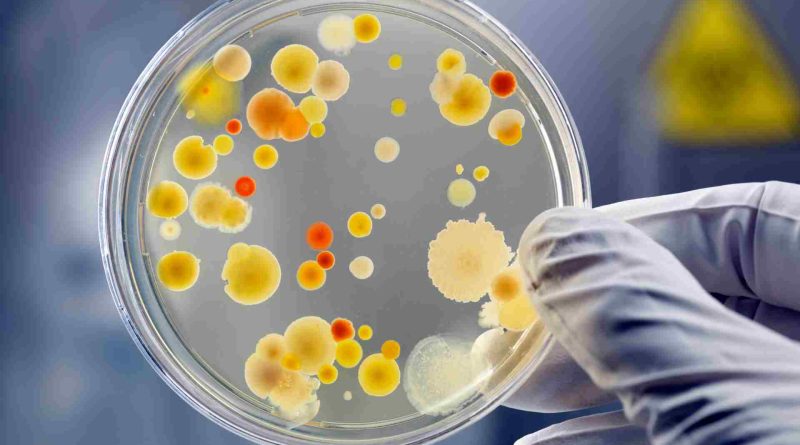Unraveling the Mysteries: Bacterial Predators in the Shadows
In a startling revelation, scientists have stumbled upon a chilling behavior among some of the most commonplace bacteria, dubbing it “bacterial vampirism.”
Led by a team from Washington State University, the discovery sheds light on these bacteria’s penchant for human blood. It specifically targets its liquid component, serum, which serves as a rich source of nourishment for these microscopic predators. Of particular allure to them is serine, an amino acid commonly found in human blood and popularly consumed in protein drinks.
Published in the esteemed journal eLife, this research unveils a previously unknown aspect of bloodstream infections, potentially paving the way for innovative treatment approaches.
Professor Arden Baylink, hailing from WSU’s College of Veterinary Medicine and the corresponding author of this groundbreaking study, emphasizes the lethality of bloodstream infections. “Certain bacteria, notorious for causing such infections, exhibit a remarkable ability to detect and pursue a specific chemical signature within human blood,” Baylink explains.
Partnering with Baylink on this endeavor, WSU Ph.D. student Siena Glenn identifies three key bacterial culprits—Salmonella enterica, Escherichia coli, and Citrobacter koseri—that exhibit a keen attraction to human serum. These bacteria pose a significant threat to individuals suffering from inflammatory bowel diseases (IBD), which account for approximately 1% of the global population. The intestinal bleeding characteristic of IBD serves as a gateway for these pathogens to infiltrate the bloodstream.
Harnessing a sophisticated microscopy system dubbed the Chemosensory Injection Rig Assay, developed by Baylink, the researchers replicate the conditions of intestinal bleeding by introducing minute quantities of human serum. Their observations reveal a swift response from the disease-causing bacteria, swiftly homing in on the serum source in under a minute.
Delving deeper into the molecular mechanisms at play, the study unveils Salmonella’s possession of a specialized protein receptor, Tsr, facilitating its detection and pursuit of serum. Through the intricate technique of protein crystallography, the researchers gain unprecedented insight into the interaction between the receptor and serine, positing serine as a key chemical cue guiding bacterial behavior.
“In deciphering the means by which these bacteria detect blood sources, we open avenues for the development of novel therapeutics that disrupt this predatory behavior. Such interventions hold promise for safeguarding the health and well-being of individuals with IBD, who face heightened risks of bloodstream infections,” remarks Glenn, underscoring the potential impact of their findings.

